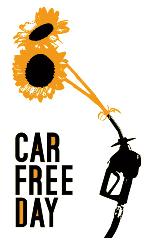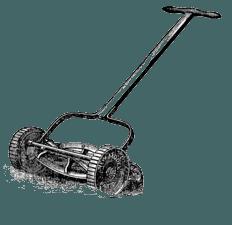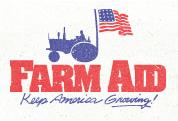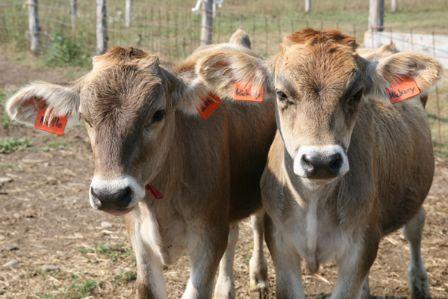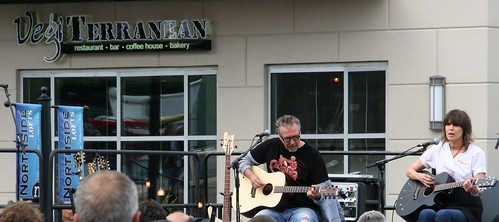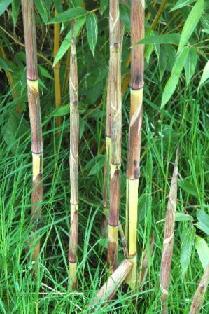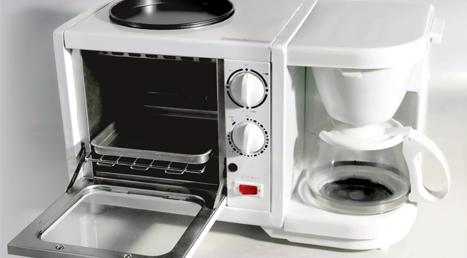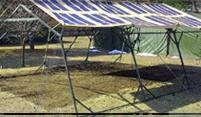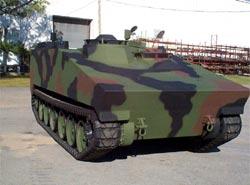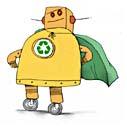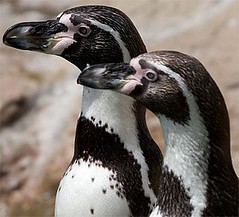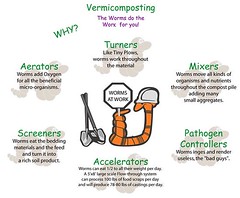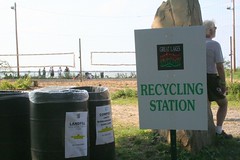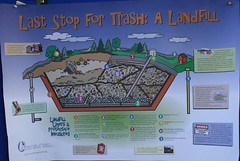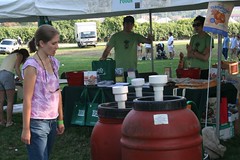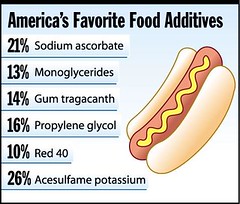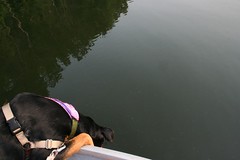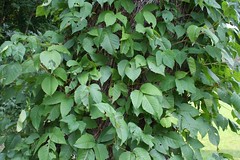What is a vegan? Chrissy Hynde said a lot of Akronites don't know, and she's probably right. In fact, a lot of people don't know, so I'll do my best to explain.
Vegans don't eat or use any products made of, or made by animals. This includes meat, eggs, dairy, gelatin, honey, and refined sugar. Gelatin is made of marrow or hooves; honey is made by bees; and refined sugar is bleached with charred animal bones.
Some good alternatives for vegans include the
meatless products that are generally made of soy. In baking,
eggs can be
replaced by applesauce, bananas, tofu. Soy, rice, and even hemp "
dairy" products are good. (
check out this video that turned me off milk for good - it's not gross)
Gelatin can be replaced by something called carrageenan, which is made from seaweed (gelatin is not a vegetarian food either, so warn your veggie friends when you cook with gelatin).
Honey can be replaced by syrups and molasses. Instead of refined
sugar, look for pure cane sugar or
turbinado sugar. (I've found it really cheap at Marc's) Additionally, "natural flavoring" can include animal-based products, so that ingredient should be avoided by vegetarians and vegans.
Vegans also avoid leather and other animal-based products, and don't use products tested on animals.
Why would someone be a vegan? There are many reasons, usually beginning with animal rights, concerns about factory farms, the environment, and health. Vegan and vegetarian diets have been shown to reduce many
health problems, especially high cholesterol because only animal-based foods have cholesterol.
(
wiki also does a pretty good job explaining veganism, with some great links at the bottom)
